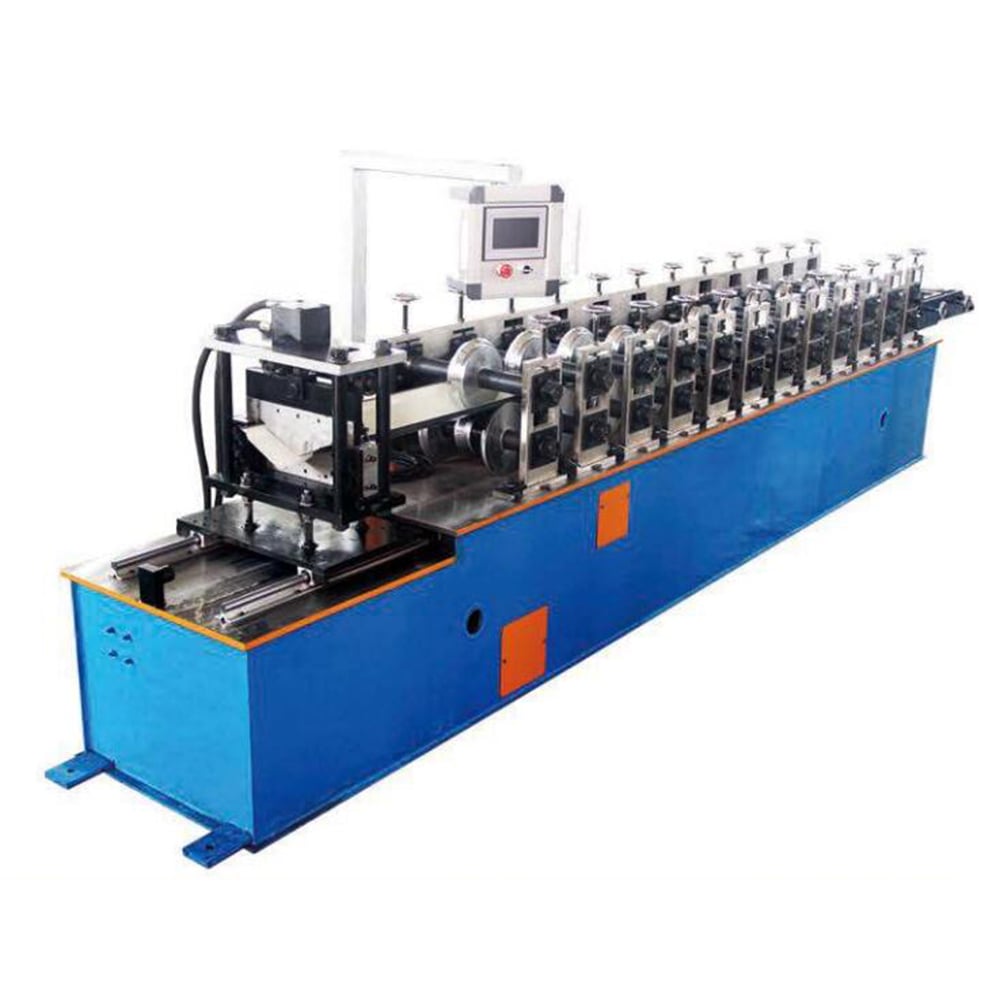What is a Roll Forming Machine and How Does it Work?
A roll forming machine is a specialized piece of equipment used in the manufacturing industry to shape metal sheets into desired profiles. It is a continuous process that involves passing a metal strip through a series of rollers, gradually bending and forming it into the desired shape. This method is particularly efficient for producing long lengths of uniform shapes, making it ideal for industries such as construction, automotive, and appliance manufacturing.
The Advantages of Using a Roll Forming Machine
Roll forming machines offer numerous advantages over other metal forming methods. One of the key benefits is the ability to produce complex shapes with consistent accuracy and precision. The continuous nature of the process allows for high production speeds and reduces material waste. Additionally, roll formed parts typically have excellent strength and structural integrity, making them ideal for applications requiring durability and load-bearing capabilities.
Types of Roll Forming Machines
There are various types of roll forming machines available, each designed for specific applications. Some common types include:
- Single-stand roll forming machines
- Double-stand roll forming machines
- Cassette roll forming machines
- Tandem roll forming machines
- Custom roll forming machines
Applications of Roll Forming Machines
Roll forming machines are widely used in a range of industries for different applications. Some common applications include:
- Roofing and siding
- Automotive body panels
- Storage systems and shelving
- Furniture and fixtures
- Doors and windows
Factors to Consider When Choosing a Roll Forming Machine
When selecting a roll forming machine for your specific needs, there are several factors to consider:
- Material type and thickness
- Desired profile and shape complexity
- Production speed and volume requirements
- Flexibility for future product changes
- Quality and reliability of the machine
Maintenance and Safety Tips for Roll Forming Machines
Proper maintenance and safety practices are essential for ensuring the longevity and safe operation of roll forming machines. Regular cleaning, lubrication, and inspection of the machine's components help prevent wear and damage. It is also crucial to follow all safety guidelines, including wearing appropriate personal protective equipment and ensuring proper installation and grounding of the machine.
The Future of Roll Forming Machines
The roll forming industry is continuously evolving, driven by advancements in technology and increasing demand for efficiency. Some emerging trends in roll forming machines include:
- Integration with automation and robotics
- Smart sensors for real-time monitoring and quality control
- Software advancements for faster design and production
- Energy-efficient and eco-friendly machine designs
- Integration with Industry 4.0 principles for seamless data exchange and connectivity
Choosing the Right Roll Forming Machine Manufacturer
When investing in a roll forming machine, it is essential to choose a reputable manufacturer with a proven track record. Look for manufacturers with extensive experience in the industry, a wide range of machine options, and excellent customer support. Additionally, consider factors such as warranty, after-sales service, and availability of spare parts.
The Cost of Roll Forming Machines
The cost of a roll forming machine can vary significantly depending on factors such as machine type, size, complexity, and additional features. It is essential to consider the long-term return on investment rather than focusing solely on the initial cost. A high-quality machine may have a higher upfront cost but can provide greater productivity, reliability, and cost savings in the long run.
